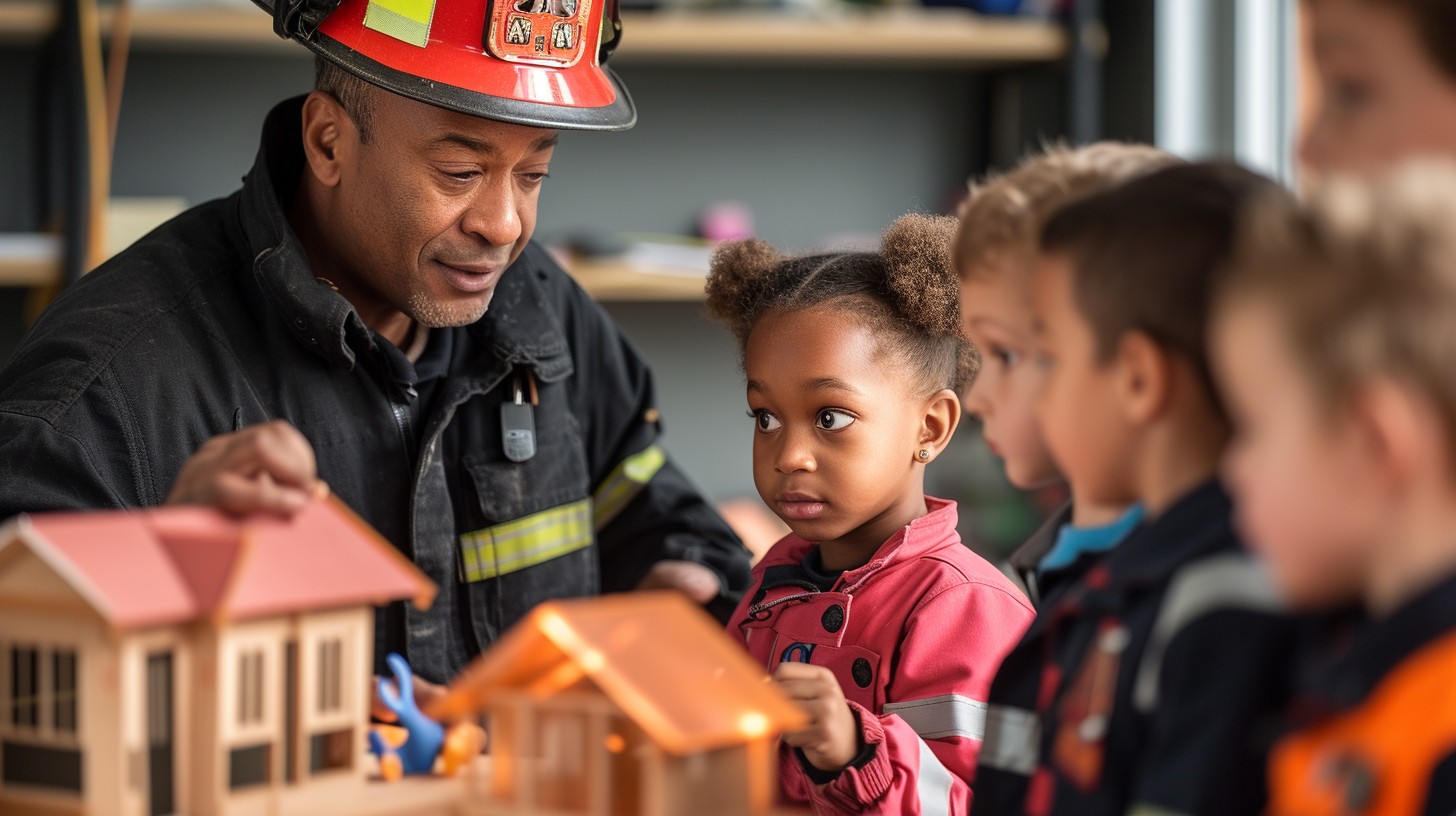


Lessons in Social Media – Preparing Kids and Community Leaders for Disasters
By Patricia Frost and Michael Prasad for Domestic Preparedness
Crisis communications can – and should – occur in all phases of emergency management. These messages provide protective and preventative benefits for individuals and families against the adverse effects of any threats and hazards. However, they can also convey the whole community’s support through government leaders. COVID-19 demonstrated these benefits globally: effective risk communications for protective and preventative behaviors can reduce response missions and save lives.
Addressing Children’s Needs in a Disaster
In emergency preparedness, addressing children’s needs continues to be a struggle more than a decade after the 2010 publication of the National Commission on Children and Disasters Report. Social media has become an important vehicle for the National Pediatric Disaster Coalition, whose preparedness messages exclusively address the concerns for children in disasters. Leveraging social media influencers and platforms for community outreach is a crucial strategy to raise awareness and help address the unique needs of children in disaster planning and response. Crisis communicators can validate their social media outreach efforts by using the hashtag #Prep4TheKids.
There is evidence of successful social media campaigns by governmental and non-governmental organizations affecting positive social reengineering by changing attitudes and behaviors for the benefit of all. One example is the U.S. National Park Service posts on X. However, crisis communications should follow standards and can be templated in advance. Following the U.S. Centers for Disease Control and Prevention’s Crisis & Emergency Risk Communication (CERC) model, crisis messages should “Build trust and credibility by expressing empathy and caring, competence and expertise, honesty and openness, and commitment and dedication.”
The National Pediatric Disaster Coalition’s social media posts focus on the National Response Framework’s 15 Emergency Support Functions (ESFs) with the goals of:
- Increasing public awareness of the essential need to include children (as individuals, families, and communities) on an all-threat, all-hazard basis and how emergencies and disasters can adversely impact children differently than adults;
- Generating inquiries and modifications to planning for specific ESF leads based on impacts on children; and
- Promoting a dialogue across a network of community partners to advance information sharing across disciplines to address the needs of children in disaster.
For some, this advocacy campaign may be “aha” moments, with topics and concepts like “what you do not know, you do not know.” By socializing these campaigns, the knowledge can be shared and amplified for better community resilience.
For more, click here.